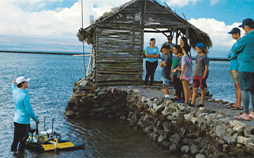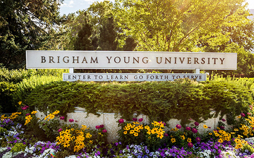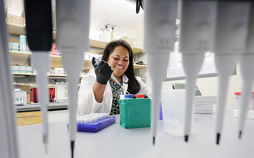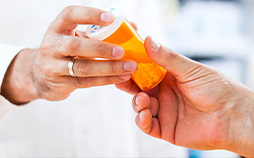BYU’s Green Thumbs Earn Gold
BYU’s landscaping program just won its 10th National Championship

BYU’s landscaping program just won its 10th National Championship

An interdisciplinary BYU research team traveled to Nepal to measure brick workers’ exposure to pollutants and to assess their respiratory health.

Reefs worldwide are constantly threatened. The Molokai-based conservation nonprofit ‘Āina Momona called on BYU for help.

Biology professors Matthew Bailey and Sam Payne led the largest-ever study on how cancer spreads and affects proteins in the body.

Emily Flake was one of a group of health and wellness students that traveled to Ikaria, Greece, to learn about eating, living, and cooking the Mediterranean way.

Manufacturing engineering technology student Seth Huber developed and began testing a boot to offload foot pressure so diabetics can heal from these painful sores.

For Amy Hernandez, solving the mystery of multiple sclerosis isn’t merely an academic pursuit; it’s personal.

Video:Teams of BYU students and their faculty mentors are enriching the world with nutritious, growable grain.

Video: In October 2018, BYU students had the rare chance to observe how back-to-back extreme events influenced water quality and quantity in Utah County.

Video: The BYU team’s goal is to piece together the first-ever phylogenic (genealogical) tree of all 6,300 known dragonfly species and their ancestors.

Soon after graduate student Justina Tavana began studying Alzheimer’s disease, she discovered that many Pacific Islanders lack the tools to accurately identify the disease.

Before the COVID-19 pandemic dominated public health discussions, BYU public health majors were in Washington, DC, for a conference which focused on a law proposed to address the opioid crisis.

With the help of a Fulton grant, Spencer Petersen is using a combination of resources that measures the forces under the foot to research the role your big toe plays in the simple act of walking.